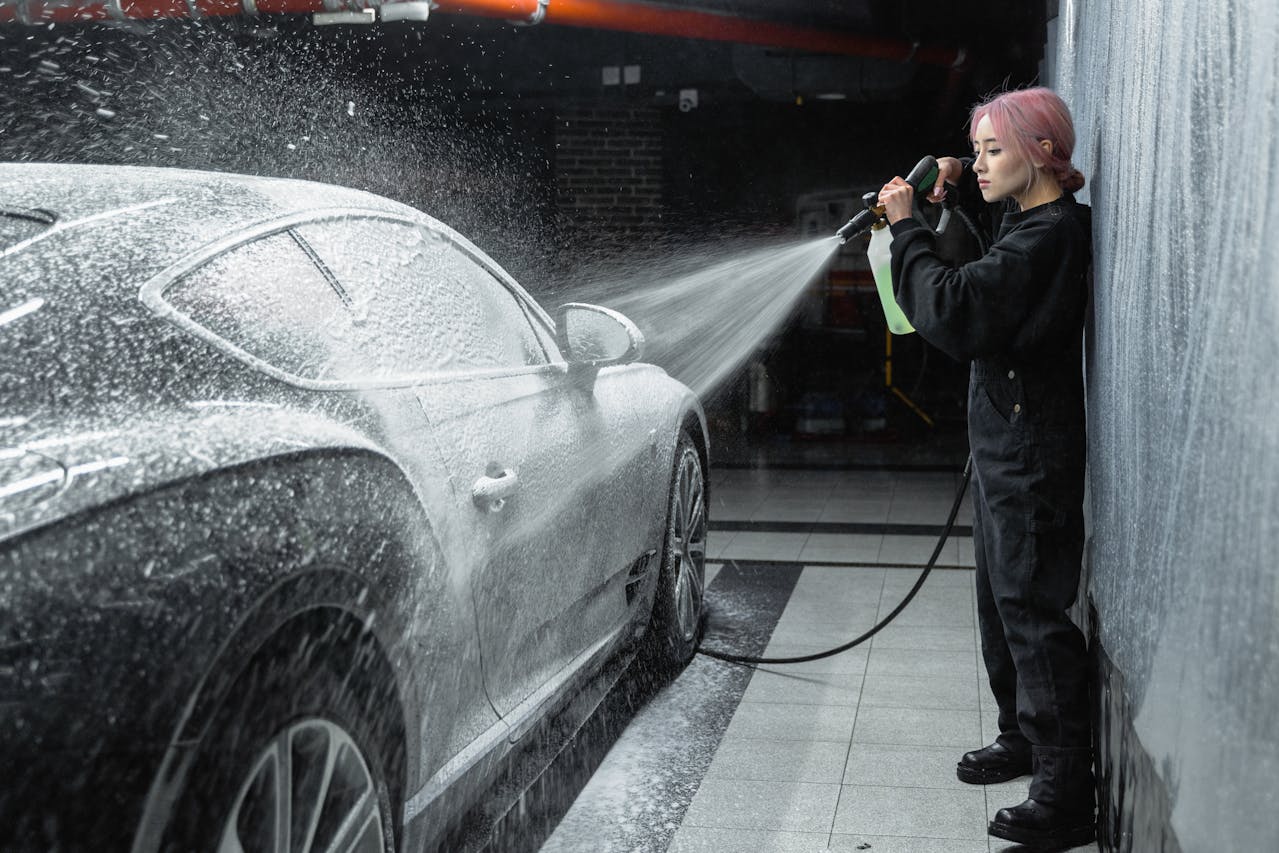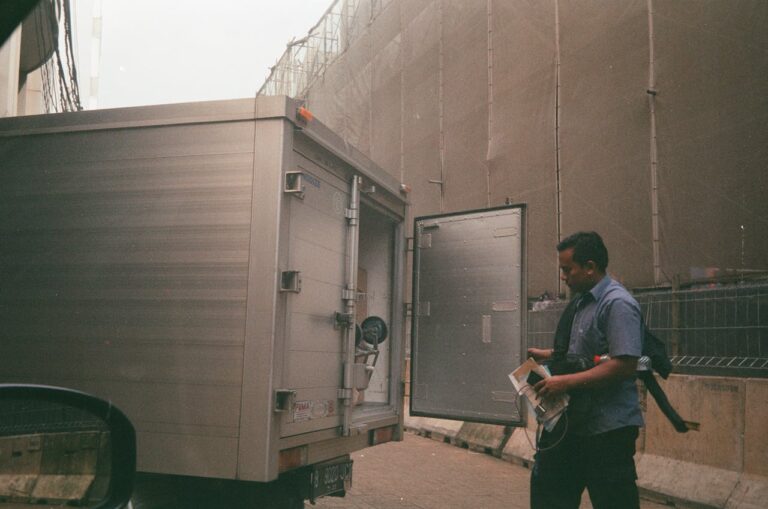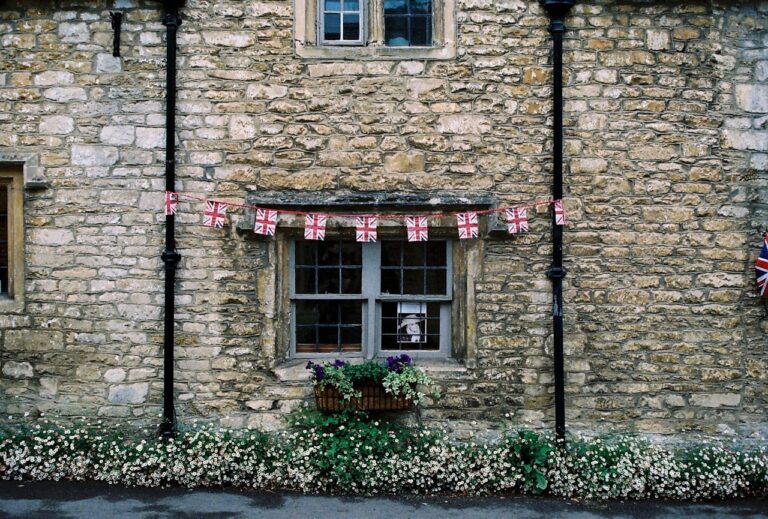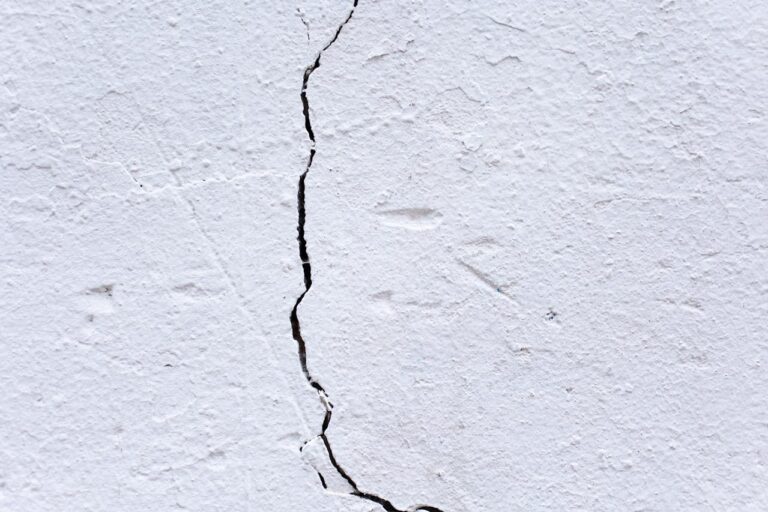
Sodium hypochlorite, commonly known as bleach, is a powerful cleaning agent used in various applications, including pressure washing. When mixed properly, sodium hypochlorite can effectively remove mold, mildew, algae, and other organic stains from surfaces, leaving them clean and sanitized. However, improper mixing or handling of sodium hypochlorite can pose safety risks and may result in damage to surfaces or equipment. In this guide, we will discuss the step-by-step process for safely mixing sodium hypochlorite for pressure washing, ensuring optimal cleaning results while minimizing risks.
Understanding Sodium Hypochlorite:
Sodium hypochlorite is a chemical compound commonly used as a disinfectant, sanitizer, and bleaching agent. It is widely available in liquid form and is typically sold in various concentrations, ranging from household bleach (typically 3-6% sodium hypochlorite) to industrial-strength solutions (10-15% sodium hypochlorite). When mixed with water, sodium hypochlorite releases chlorine, which acts as a powerful oxidizing agent, breaking down organic compounds and stains.
Safety Precautions:
Before mixing sodium hypochlorite for pressure washing, it’s essential to take appropriate safety precautions to protect yourself and others from potential hazards. Wear protective clothing, including gloves, goggles, and a face mask, to prevent skin and eye irritation. Work in a well-ventilated area to minimize exposure to fumes, and avoid mixing sodium hypochlorite with other cleaning agents or chemicals, as this can produce hazardous reactions.
Selecting the Right Concentration:
The concentration of sodium hypochlorite used for pressure washing depends on the severity of the stains and the type of surface being cleaned. For general cleaning and maintenance, a lower concentration of sodium hypochlorite (3-6%) is typically sufficient. However, for tougher stains or heavily soiled surfaces, a higher concentration (10-15%) may be necessary. Always follow the manufacturer’s recommendations regarding dilution ratios and usage instructions.
Mixing Sodium Hypochlorite:
To mix sodium hypochlorite for pressure washing, follow these steps:
- Start by filling a clean, empty container with the desired amount of water. Use cool or lukewarm water, as hot water can accelerate the decomposition of sodium hypochlorite.
- Next, carefully measure the appropriate amount of sodium hypochlorite using a measuring cup or graduated cylinder. Refer to the product label or manufacturer’s instructions to determine the correct dilution ratio based on the desired concentration.
- Slowly pour the measured sodium hypochlorite into the container of water, stirring gently with a non-metallic stirring stick or spoon to ensure thorough mixing. Avoid splashing or spilling the solution, as sodium hypochlorite can cause damage to clothing, surfaces, and vegetation.
- Continue stirring the mixture until the sodium hypochlorite is fully dissolved and evenly distributed in the water. Take care not to breathe in any fumes or vapors generated during the mixing process.
- Once the sodium hypochlorite solution is mixed, transfer it to the reservoir of your pressure washer or use a spray bottle for manual application. Ensure that the pressure washer is set to the appropriate pressure and nozzle type for the surface being cleaned.
Application and Cleaning:
When applying sodium hypochlorite solution with a pressure washer, start from the bottom and work your way up, applying the solution evenly to the surface in overlapping strokes. Allow the solution to dwell on the surface for a few minutes to penetrate and loosen stains before rinsing thoroughly with clean water. Take care to avoid prolonged contact with sensitive surfaces, such as wood or painted surfaces, as sodium hypochlorite can cause discoloration or damage.
Disposal:
After completing the pressure washing job, properly dispose of any leftover sodium hypochlorite solution according to local regulations and guidelines. Avoid pouring the solution down drains or storm drains, as it can harm aquatic life and contaminate water sources. Instead, dilute the solution with water and dispose of it in a designated hazardous waste collection site or consult with local authorities for proper disposal methods.
Conclusion:
Mixing sodium hypochlorite for pressure washing is a straightforward process that requires careful attention to safety and proper handling. By following the steps outlined in this guide and taking appropriate precautions, you can effectively clean and sanitize surfaces using sodium hypochlorite while minimizing risks to yourself, others, and the environment. Remember to wear protective gear, select the appropriate concentration, mix the solution thoroughly, and dispose of any leftover solution responsibly. With practice and care, you can achieve professional-quality cleaning results with sodium hypochlorite and maintain the cleanliness and appearance of your property.






